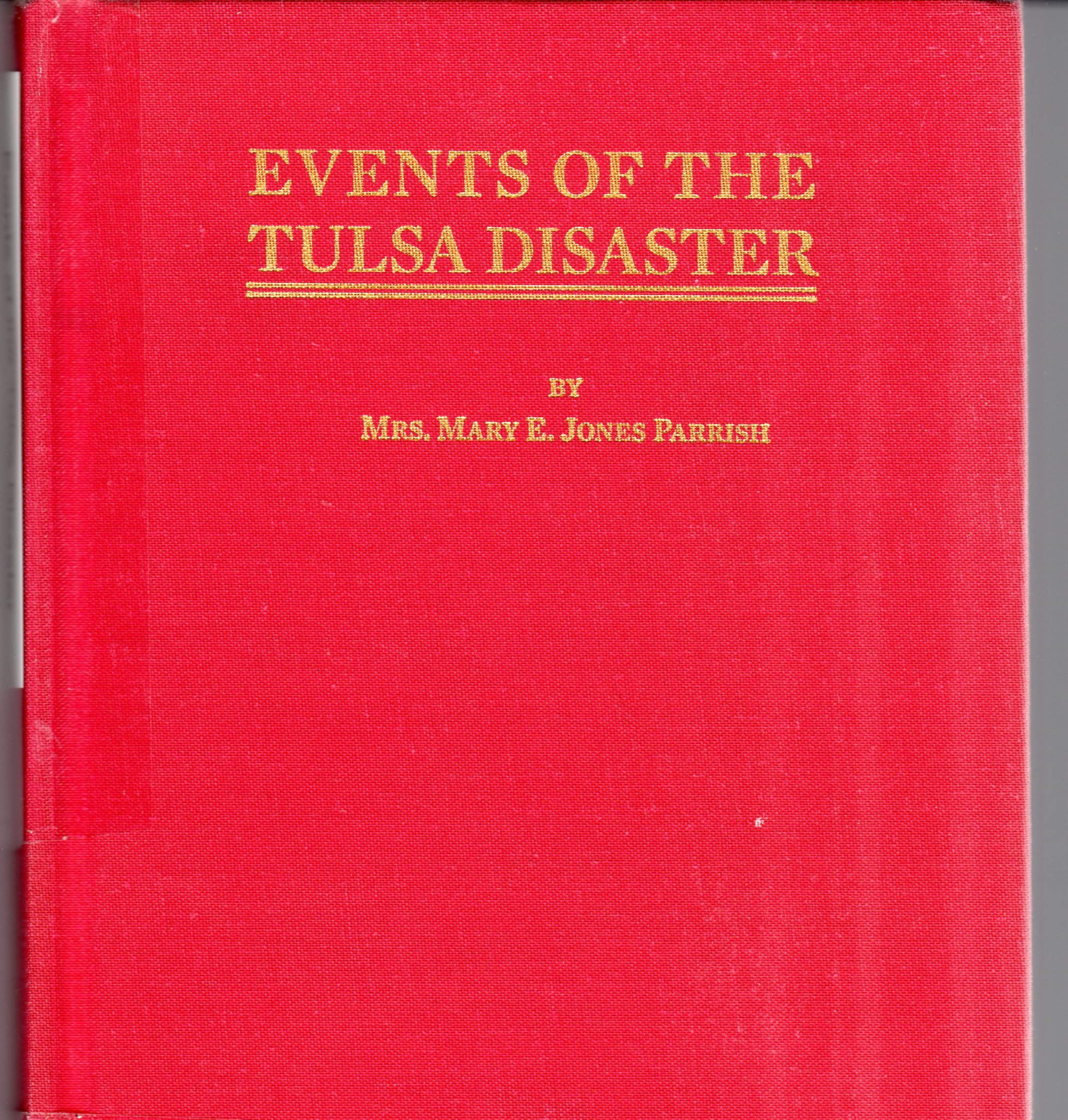Mary E. Jones Parrish, a profound educator and journalist, moved from Rochester, New York to Tulsa in 1919, to become a part of the harmonious community that she had discovered in Greenwood. Parrish had heard stories of the wonderful entrepreneurial opportunities that were available in Greenwood, but she was more attracted to the cooperation that was present amongst the people who lived there. Parrish eventually opened her school the Mary Jones Parrish School of Natural Education, where she offered classes in typewriting and shorthand. The school was located inside of the Woods Building on Greenwood Avenue, where Parrish also lived in an apartment with her daughter Florence.

At 9 p.m. on the night of May 31st, Florence came to her mother while she was reading and said “Mother, I see men with guns,” and this is where her story of survival began. Parrish lost everything she owned in the massacre, but thankfully she was able to get her daughter and herself out of Tulsa until it was safer to return. Despite pleas from family members, Parrish decided to return to Tulsa in order to see affairs through. After several days, Parrish received a letter from Reverend H. T. S. Johnson who requested that she come to see him. Reverend Johnson asked on the behalf of the Inter-Racial Commission that Parrish report on the events that had unfolded during the Massacre.
Parrish went around and interviewed members of the community for the commission, which she then reported all in her book “Events of the Tulsa Disaster”, the first and most comprehensive book of eyewitness accounts of the destruction of Greenwood. Parrish describes that interviewing other survivors provided her with a distraction from her own problems for a time.

Besides the almost two dozen personal accounts, Parrish also provides details about those who she felt contributed to the violence against the Greenwood community. Parrish calls out the Home Guards who made false promises to protect residences and businesses in order to get the people there to surrender and leave everything they had behind. Gratitude was expressed for the State Troops and Red Cross who helped to protect and provide the survivors with necessities after the destruction of their homes and belongings. At the end of the story of her own experience, featured at the beginning of the book, Parrish says that the greatest lesson to be learned from the disaster was to “‘Look Up, Lift Up, and Lend a Helping Hand,’ and remember that we cannot rise higher than our weakest brother” (pg. 23 Events of the Tulsa Disaster.) Parrish’s story is one of survival and perseverance in order to share the stories of the individuals who were in her beloved Greenwood.
